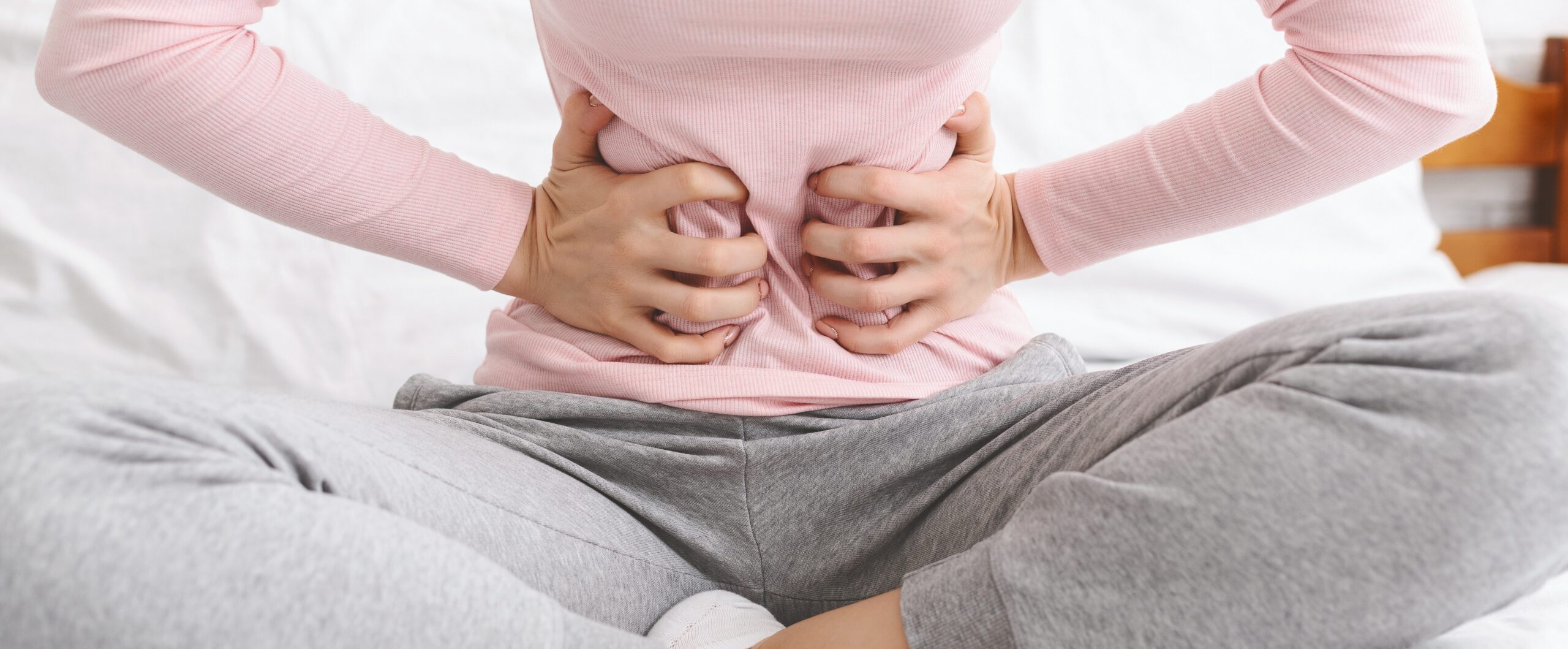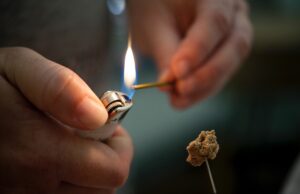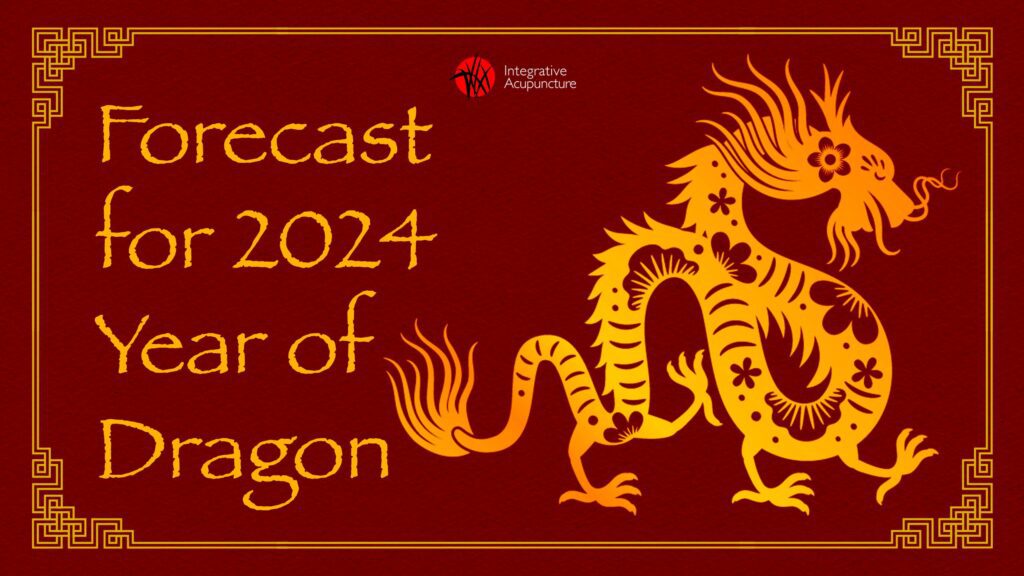Dysmenorrhea, also known as painful menstruation, is one of the most common gynecologic disorders. In fact, more than half of menstruating people in the world suffer from this condition. The main cause of dysmenorrhea is an abnormal or an increase in uterine prostanoid production and release, which then gives rise to abnormal uterine contractions and pain. The treatment of dysmenorrhea usually involves pain medication and rest, but there are alternatives. You may ask yourself: what can help painful menstruation without medications?
A study conducted by Chengdu University of Traditional Chinese Medicine has determined that the use of moxibustion at specific days during a menstrual cycle can decrease pain associated with menstruation.
What is Moxibustion?
Moxibustion is a technique that involves burning a stick or cone made from ground mugwort leaves, known as moxa. Mugwort, a flowering plant native to Europe, Asia, and North Africa, is an herb that facilitates healing. It also has countless other benefits, including relief of constipation and cramps and treatment for irregular periods.
This study used moxibustion to treat the pain associated with menstruation. The study and its systematic review showed moxibustion treatments were more effective at relieving pain only when the moxibustion began prior to the onset of actual menstruation. This also aligns with the theory behind Traditional Chinese Medicine; that preventive care is vital in order to stay healthy. The efficacy of using moxibustion during the premenstrual time period holds great promise for those who have dysmenorrhea.
The purpose of moxibustion is to stimulate the flow of blood and energy throughout the body.
Moxibustion creates a pleasant heating sensation that penetrates deeply into the skin, but does not create a scar or any pain. To perform moxibustion, a practitioner lights one end of a stick of moxa and holds it close to the acupuncture point for several minutes until the area turns red. Another method is to apply adhesive moxa cones to the skin. These cones are then lit and burn until the fire reaches the base. To prevent scarring and irritation of the skin, the practitioner removes the moxa cone as soon as the fire reaches this point.
Moxibustion helps people with cold or stagnant conditions, as burning moxa is helps expel cold and warms the body. This creates a smooth flow of energy and blood. Moxibustion treats dysmenorrhea because it stimulates the flow and release of the hormones that cause uterine contractions. By stimulating the release of these hormones, the body can then expel them which leads to decreased pain.
Moxibustion is also a great solution for those who suffer from fibroids.
Fibroids are a stagnation and buildup of blood in the uterus. The warmth from the burning mugwort actually increases blood flow and this can help decrease the size of the fibroids over time.
As with acupuncture, only a licensed practitioner should be called upon for treatments such as moxibustion. If you believe moxibustion may be helpful with your dysmenorrhea, let us know at your next acupuncture appointment! We are happy to answer any questions you have about moxibustion or dysmenorrhea. Contact us or schedule an appointment online today!









